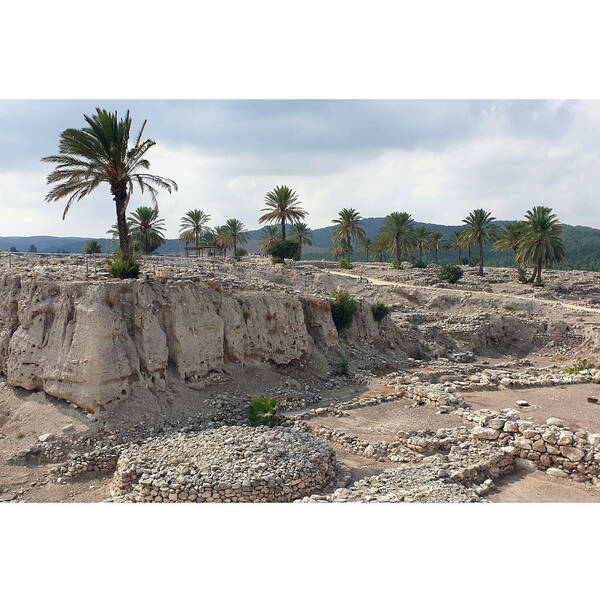
Archaeological Discovery Reveals Roman Military Amphitheater in Israel with Striking Red Walls
An impressive archaeological find has unveiled the remains of a Roman military amphitheater near Tell Megiddo, shedding light on the historical significance of the region. The amphitheater, a prominent archaeological site in the Jezreel Valley, belonged to the Roman legion camp known as Legio. This camp, housing over 5,000 soldiers, served as the home for Legio II Triana and later, the formidable Legio VI Ferrata, also known as the Ironclad Legion. Notably, it stands as the sole known full-scale legionary base of its kind in the eastern territories of the Roman Empire, dating back to the second century C.E.
The rediscovery of the camp took place during a survey in the early 2000s. Recently, during the summer excavation season of 2023, archaeologists have been delving into its various components, including the principia (central control center), cemetery, and the amphitheater.
This amphitheater, distinguished by its distinctive oval shape carved into the bedrock, is far from a conventional arena for entertainment. Instead, it served as a training ground for soldiers and potentially gladiators, enabling them to hone their combat skills with weaponry and armor. The walls surrounding the arena were notably painted a striking blood-red, creating an imposing atmosphere.
The archaeological team, co-led by Dr. Yotam Tepper and Dr. Matthew Adams, undertook these excavations in collaboration with the Jezreel Valley Regional Project, the Albright Institute in Jerusalem, the Israel Antiquities Authority, and funding from American Archaeology Abroad. The endeavor was informed by advanced ground-penetrating radar technology from Sweden, allowing researchers to identify hidden features beneath the ground's surface.
The investigations uncovered two distinct phases of the amphitheater's construction, suggesting an earlier, smaller structure followed by a later, expanded version. Positioned adjacent to the camp, this amphitheater served a dual purpose: training ground and potential venue for entertainment. Its strategic location near the camp cemetery indicates its multifunctional nature.
The ongoing excavations have unveiled significant sections of the camp's layout, even though it has suffered from extensive stone theft over the centuries. The principia, which functioned as the central hub of command, showcased well-preserved walls, alongside a sacred space known as the sacellum.
A notable artifact discovered within the sacellum is a fragment of a statue featuring three toes, possibly belonging to a deified Roman emperor. This find offers a glimpse into the religious practices and veneration of emperors that took place within the camp.
As researchers progress in their explorations, the site could become a fascinating tourist attraction, providing insights into the training and activities of Roman soldiers. However, plans to reroute a portion of the Route 66 highway through the area raise concerns about the preservation of this unique archaeological site. Some experts advocate for the construction of the highway to proceed, leaving a portion of the camp unexcavated for future generations equipped with more advanced archaeological techniques.
The ongoing discoveries at Legio offer a captivating glimpse into the military and cultural history of the region, revealing the complex interplay between training, worship, and daily life within a Roman legion camp.